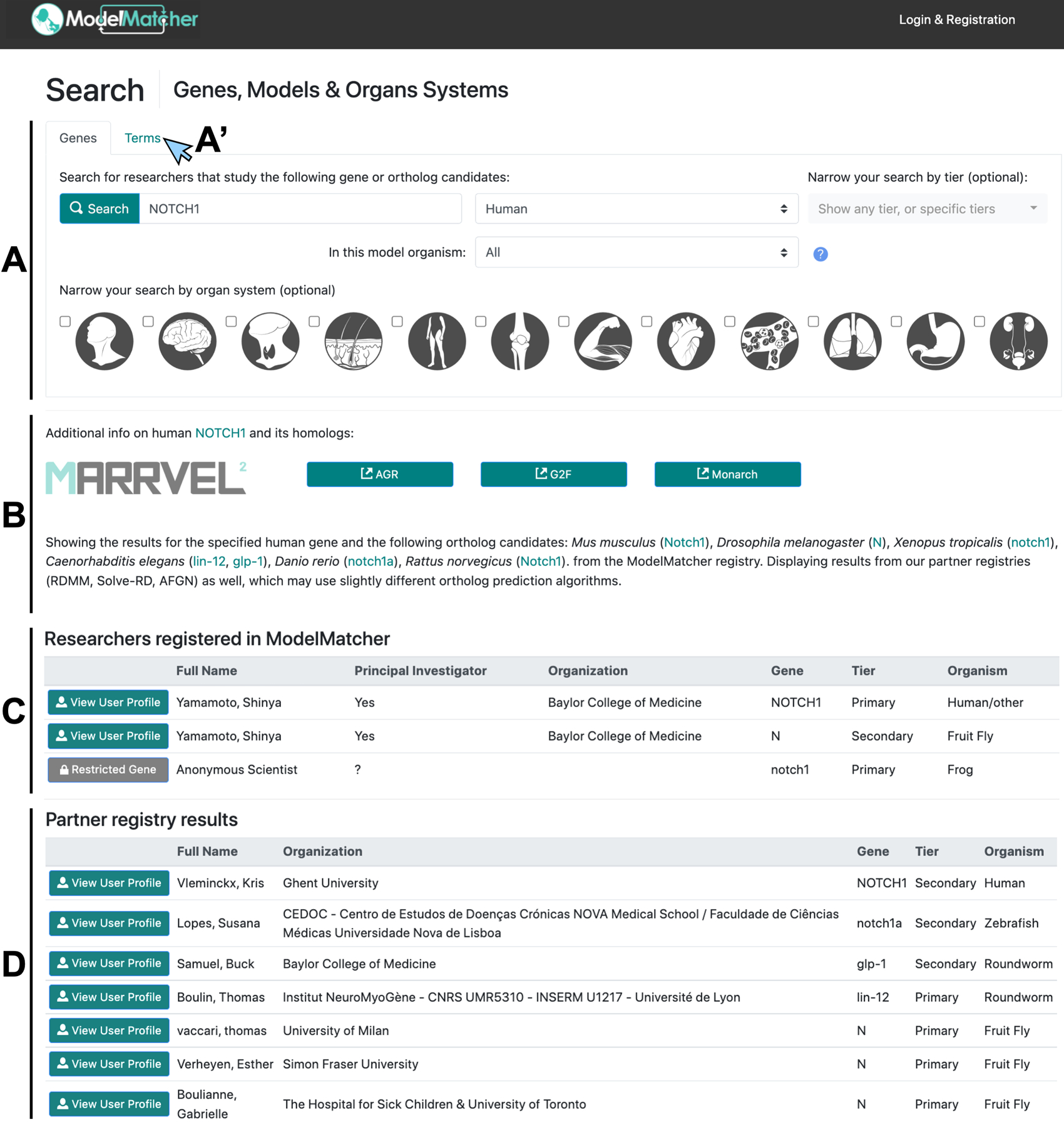Figure 3. Search feature identifies scientists registered in ModelMatcher and partner registries.

The Search page outputs information on scientists who work on specific human genes or its predicted orthologs in model organisms. A) A ‘Gene’ search query is typically initiated by entering a human gene symbol according to the official nomenclature, although one can initiate a search based on model organism genes if desired. If necessary, searches can be refined by which model organism is being used, whether the gene is classified as Primary or Secondary priority tiers, and in which organ system the scientist specializes. A’) By clicking the ‘Terms’ link (blue arrow), one can perform a search based on a keyword to identify a user based on specific terms used in their user profile. B) Upon clicking the “Search” button in A), a list of genes considered ortholog candidates of the human gene of interest (human NOTCH1, in this case) in the ten supported organisms is displayed. When a user clicks a gene symbol listed here, they will be navigated to the specific NCBI Gene page (https://www.ncbi.nlm.nih.gov/gene) corresponding to each human or model organism gene. Hyperlinks to corresponding pages of MARRVEL (http://marrvel.org), Alliance of Genome Resources (AGR, https://www.alliancegenome.org), Gene2Function (G2F, https://www.gene2function.org) and Monarch Initiative (https://monarchinitiative.org) are provided here for the users to obtain additional information related to their gene of interest. C) When a Search is performed, a table of ModelMatcher scientists who registered the human gene of interest or its ortholog candidates is generated. If the gene is classified as Public, the name of the scientist, their affiliation, and whether they are PIs or not will be displayed along with the matched gene, gene’s priority tier and the corresponding model organism. Users can click the “View User Profile” button to access their full user profile page (see Figure 5B). A scientist who classified the specific gene as Restricted will be shown as an Anonymous Scientist, who can be contacted through the Match Dashboard (see Figures 4–5). D) When a Search is performed, a table of scientists registered in partner registries in the RDMM International Network (RDMM, Solve-RD and AFGN) who expressed interest in the human gene of interest or its ortholog candidates is also generated.
